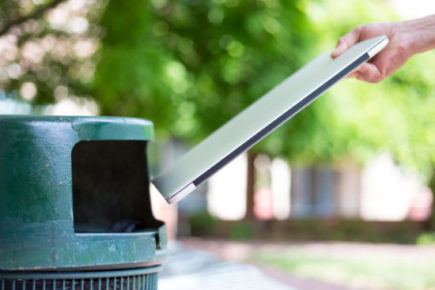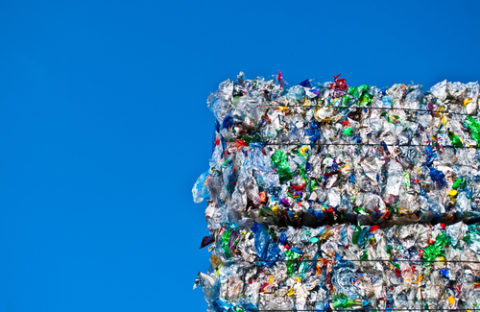Waste prevention should always be our priority. However, even in the transition to a circular economy, residual streams from production and consumption processes will remain. It is important to ensure appropriate waste management and prevent landfilling or incineration of valuable resources. Our goal is to ensure that reliable, harmonised standards promote preparation for reuse and material-efficient recycling. This way we can turn waste into a resource and close the loop in a sustainable way by, for example, using organic waste as fertiliser, treating sustainably electrical and electronic equipment (WEEE) and batteries, and recovering critical raw materials. Better product design is also essential to limit the amount of waste, especially hazardous waste, and facilitate material recycling.



E-waste, or WEEE, (waste from electrical and electronic equipment) is the fastest-growing and most complex waste stream worldwide. A new international standard for the sustainable management of e-waste will set requirements to achieve the best environmental outcome by focusing on the recovery of products, components, and materials.
A UN Global Treaty to End Plastic Pollution could be an essential piece of the puzzle to reach the 2030 sustainable development goals – but success is not guaranteed. ECOS is contributing to the treaty decision-making process as an official observer, advocating for high ambition and the integration of ambitious standards that protect the environment.
On 30 November, as part of its Circular Economy Action Plan, the European Commission will take a step towards improving the sustainability of packaging and wider product distribution systems – or not.
Ahead of the upcoming standardisation request to the European Committee for Standardisation on packaging and packaging waste, we outline the need to overhaul and develop packaging standards that are harmonised with the Packaging and Packaging Waste Regulation (PPWR) requirements.
Download the pdfECOS is co-funded by the European Commission and EFTA

 Funded by the European Union. Views and opinions expressed are however those of the author(s) only and do not necessarily reflect those of the European Union or EISMEA. Neither the European Union nor the granting authority can be held responsible for them.
Funded by the European Union. Views and opinions expressed are however those of the author(s) only and do not necessarily reflect those of the European Union or EISMEA. Neither the European Union nor the granting authority can be held responsible for them.
